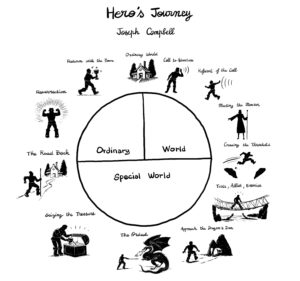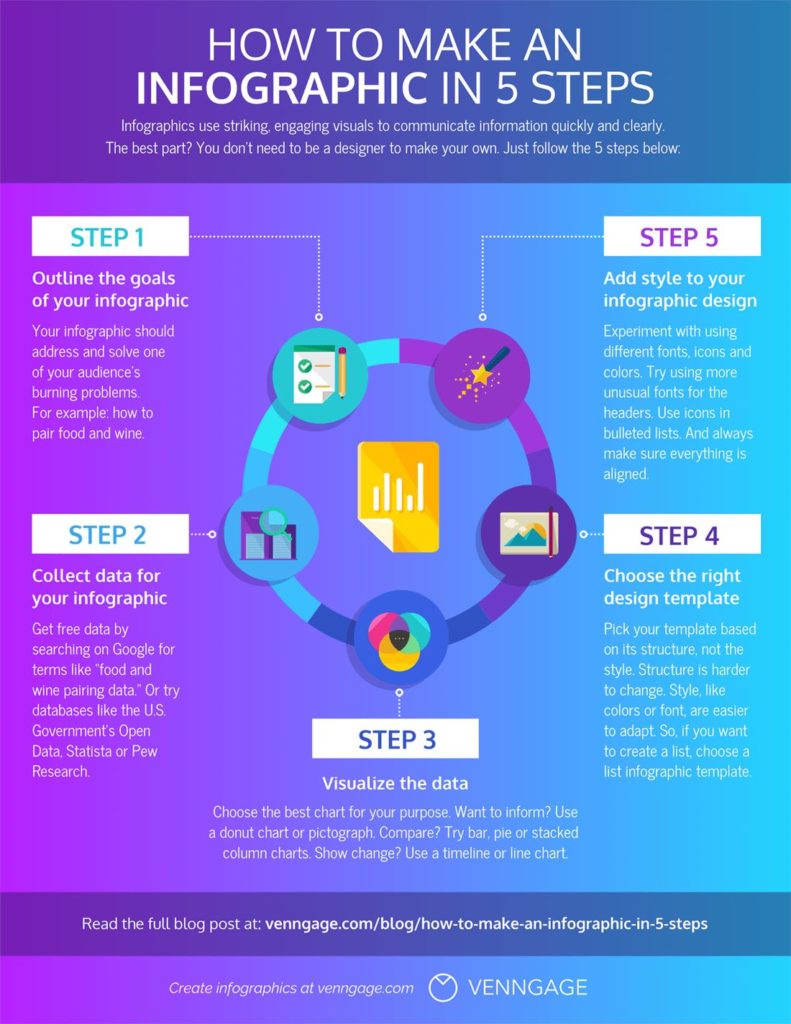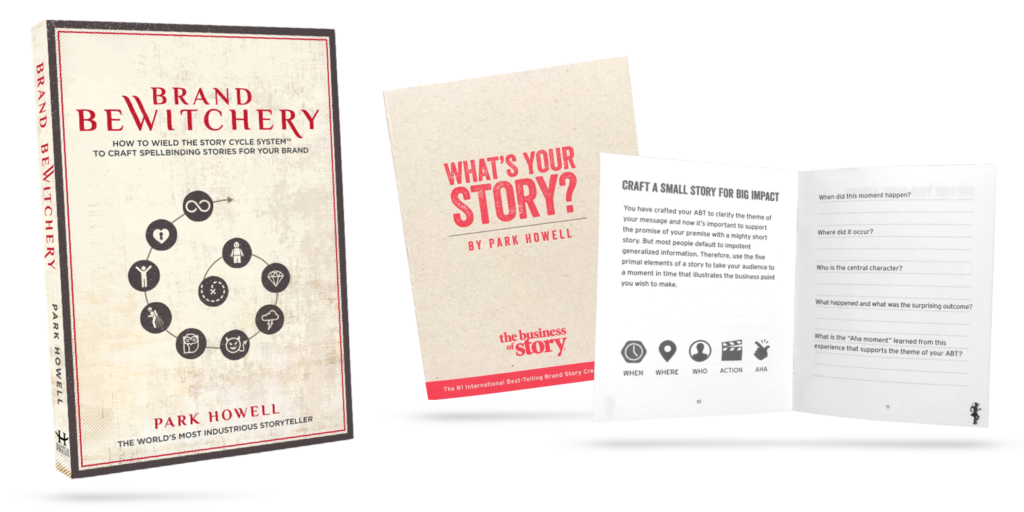Do you know how to take a generic product or service and make it unique?
Branding. The story you tell through your product design or positioning. After all, people don’t buy products; they buy from brands they connect with, brands who market with stories, unique brands who show their customers that they can solve their problems.
To make a brand successful, it needs an identity that consumers can relate to and connect to, and that’s where your brand story takes center stage.
Your brand story has a similar structure to your favorite film or book.

It has a beginning that establishes the main characters, you and your customers. A middle which highlights the problem, your customer’s pain points. An ending that solves their problems (your product or service), leaving them feeling satisfied.
The critical word there is feeling; it’s what your story’s all about.
How you tell your story determines the feeling your customers will have about your brand.
While there are no exact rules to writing your brand story (after all, every brand is different), there are guidelines every great storyteller uses, ones that grab our attention and keep us reading from cover to cover.
And we have five of them for you right here:
1. Know Your Own Story
Tell me your brand story in a way that engages my emotions, fulfills my needs, and leaves me wanting to know how to buy your product.
It’s not an easy thing to do!
And you can’t tell your story if you don’t know it, to understand your story, you have to break it down into five chapters:
- Who you are?
- What you do?
- Who you do it for?
- Why you do it for them?
- How you do it for them?
Each chapter takes your audience on a journey, bringing them from a state of need to one of satisfaction. And once people experience satisfaction, they’ll remember your brand as the one that gave it to them.
But to tell a successful story, you must first find clarity and then present it in a way that’s all about your customer. After all, they want to know how your story can help them, not you.
A well-known marketing strategy is to focus on the benefits of your brand for your customers, not the features of your products.
And to create a brand story that connects with your audience, it has to be interesting, meaningful, personal, emotional, simple, and authentic.
2. Review Your Ideas and Check Out Your Competition
When first creating your story, it’s not unusual to get a little carried away; we all love a good story!
But you have to keep it within the realms of reality; otherwise, any claims you make could work against you by making your brand seem unauthentic.
You can gather ideas by looking at your competition. I know that might sound contradictory because after all, each story is unique. However, if you’re a little unsure of how to project your story, you can always use your more established competitors as an outline.
Your goal is to create a story that interests your target audience, so they relate to what your brand does, while not over-elaborating the truth. And that’s called the sweet spot.
You can find yours by answering the following questions:
- Why do I want to tell my audience tell this particular story?
- What’s my angle? Where am I bringing them?
- What value does my story add to my brand’s persona?
- How will people perceive my brand?
- How will my story leave them feeling?
3. Decide on The Right Format to Tell Your Story
The purpose of every piece of content (written, video, infographic, or photo) you use is to convey your brand story clearly and compellingly, so your message is never lost in translation.
It’s why choosing the correct format to tell your story is crucially important. A format acts as a digital voice of your brand; it’s how your stories are revealed. And it’s easy to get caught up by what’s on offer, but the latest format trends might not work for your brand; you need to use ones that fit your story and the message you’re trying sell.
You can find a suitable format for telling your story by determining which marketing channels you’ll use to say to it. Will you be using your website? Social media platforms, print, etc.?

Each has its own style for telling a brand’s story; once you identify the best platforms for your brand, you can decide which formats to use.
For example, if you’re a data-driven brand, you might want to create infographics to neatly break down aspects of your story into digestible information, whereas if you’re in a more creative industry, videos might be a better format for you. Of course, nearly any brand can create articles or blog posts about their respective niches to tell their story in a more detailed and informative way.
Brands that clearly understand their message never leave consumers questioning what they stand for or how they will benefit by choosing them. These brands control the narrative, how their target audience engages with them, and how they feel because of it.
4. Craft Your Narrative
Once you have your brand story, the who, what, why, and how, you need to craft a compelling narrative to capture your viewer’s attention and connect on numerous emotional levels.
The narrative of your story can be told using words, images, videos, or a combination of all three. Still, they must all have something in common to create a cohesive flow that brings viewers from the beginning (who you are what your brand offers), the middle (why they should choose you), and the end (how it will help them).
Some ways of creating a brand story that takes your viewers on a journey that ends with a solution (buying your product) are:
- Highlighting the problem and showing the solution.
- Providing before and after examples.
- Using an underdog story approach (small business vs. giant corporation).
- Personal stories of how and why you started the brand and the difference it’s made in your customers lives.
There are several strategies for creating an engaging narrative for your brand, but most people like a familiar structure, one they’re used to while reading a book or watching a film. Whichever you choose, ensure it engages with viewers personally and leaves them wanting to know more about your brand. Just look at how well brand storytelling has worked for Airbnb.
5. Tell your brand story through look and feel
Once you’ve chosen your narrative and established which formats to use, your next step is to infuse them with a look and feel using brand visuals.
Visuals are the quickest way of telling your brand’s story because we process them far quicker and remember them for far longer. One of the most important visuals is your brand’s logo. It establishes the first impression, separates you from the competition and has a huge impact on the way your customers perceive you.
When designing your logo, make sure it contributes to your brand story and support the narrative you’ve established. Remember, consumers like consistency, so the design elements that work for your logo should also be used for all other marketing visuals, as it helps reinforce your brand’s story and shows viewers that you’re true to it.
If you’re wondering where to get started, Business of Story has many story building tools and storytelling workshops available to help you identify what makes you unique and communicate your story to your customers. Now, what’s your story?
Tailor Brands is an automated AI branding platform that helps small businesses quickly create a brand identity.









